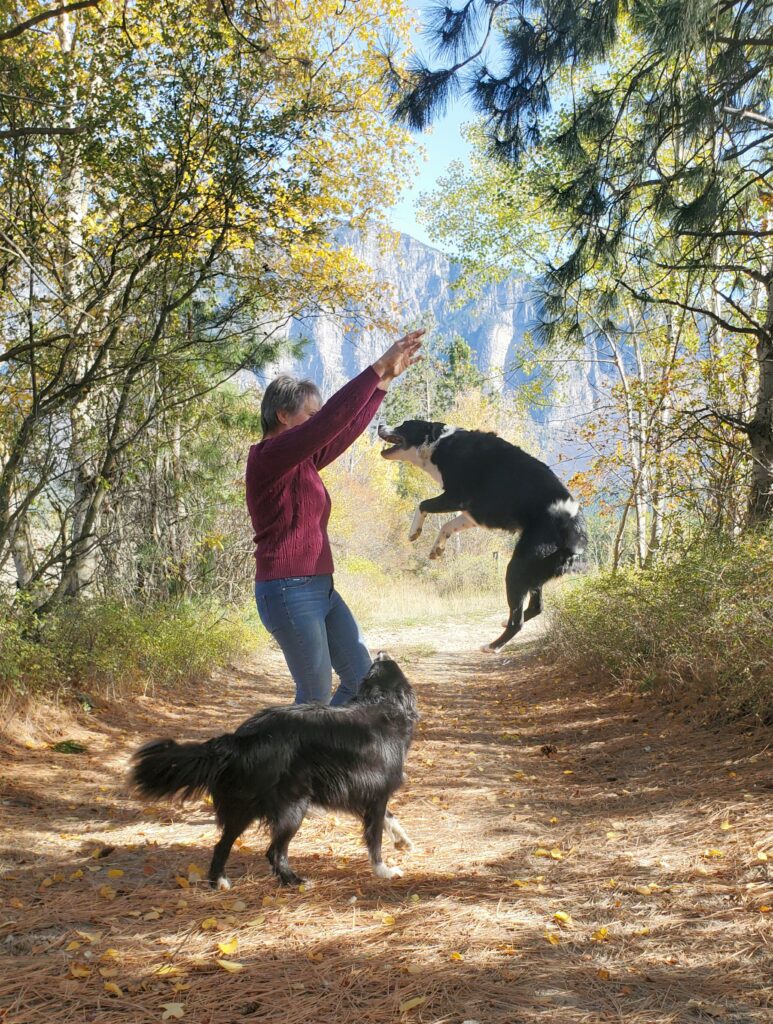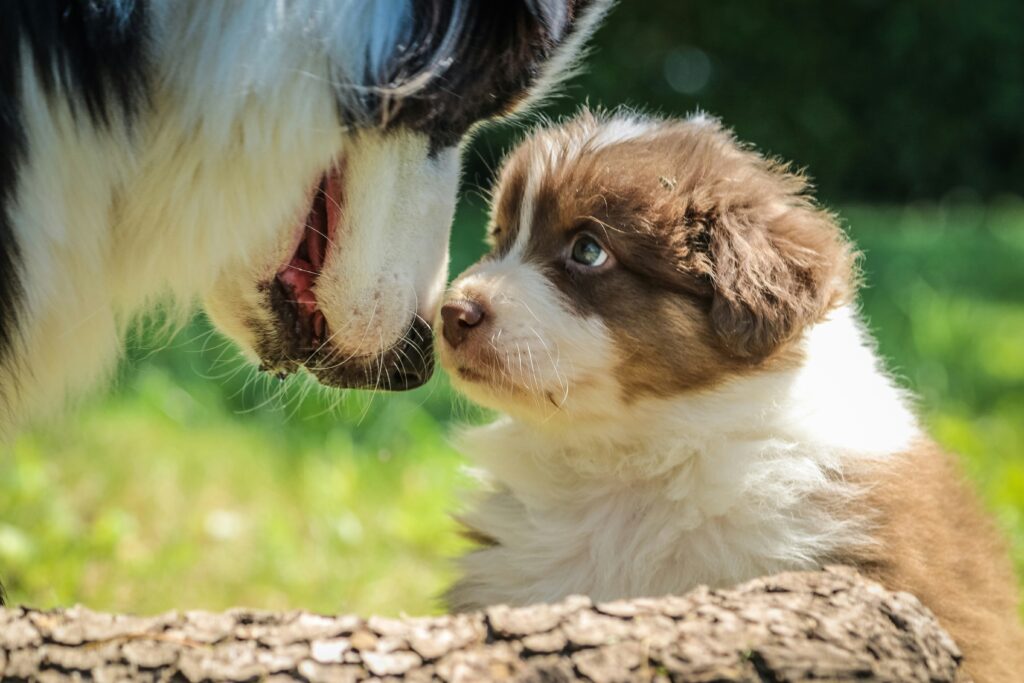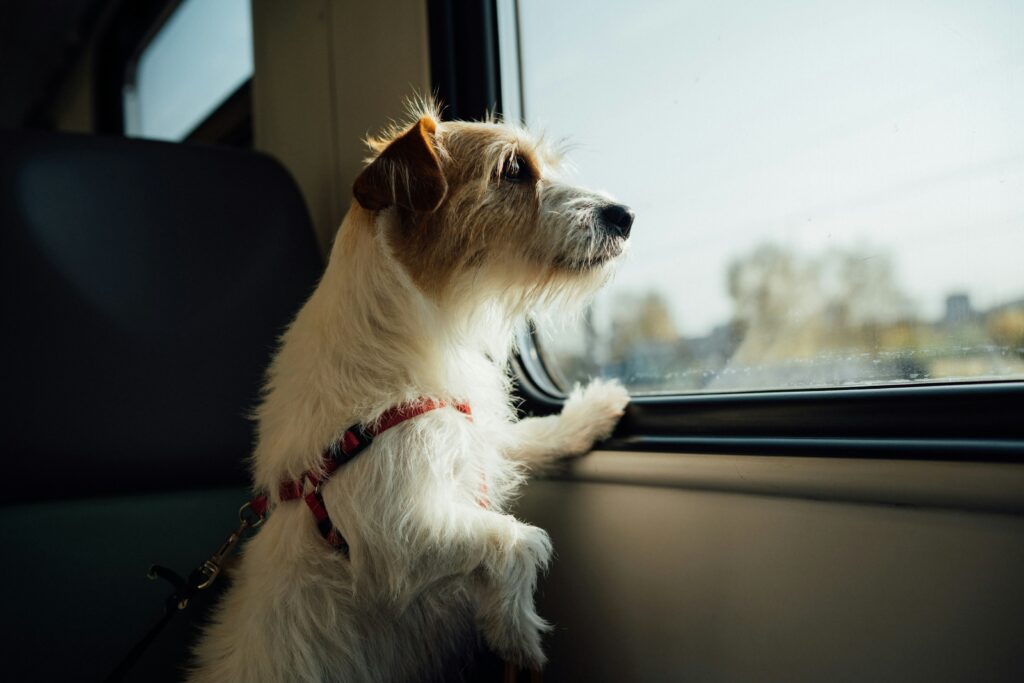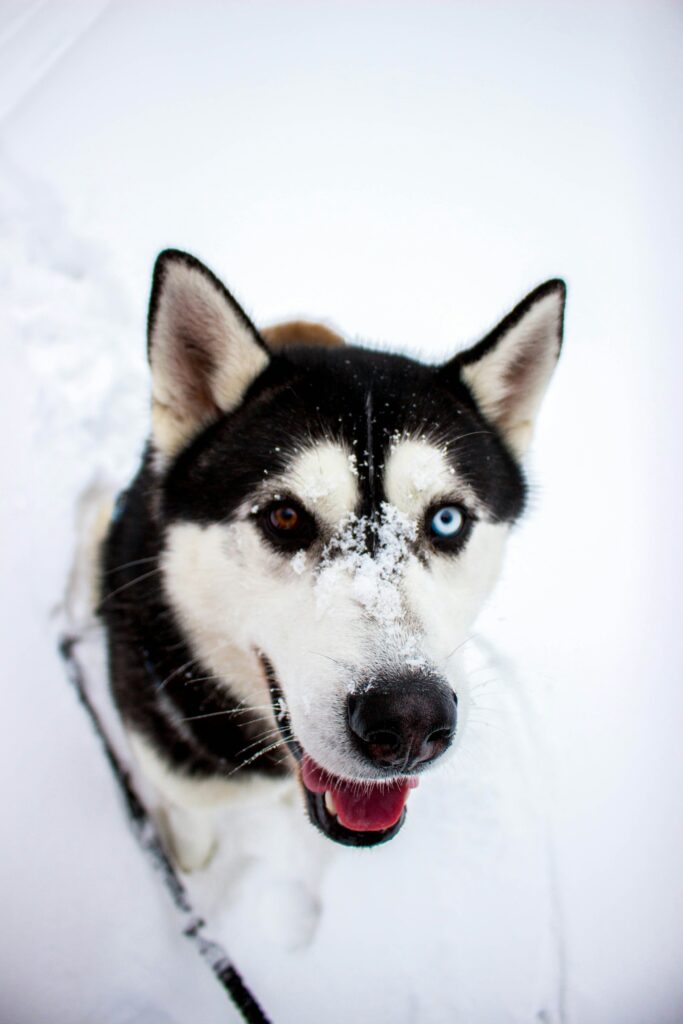Are you perhaps drawn to more energetic dog breeds? Are you contemplating dog ownership? Do you yearn for a furry friend to zealously greet you at the door each day after a grueling day at the office? A loyal companion whose passion will not wither in spite of personal fluctuations in mood or the passage of time? Owning a dog, indeed, is associated with numerous psychological benefits, including a decreased sense of isolation, elevated happiness, improved socialization, a more profound sense of purpose, and an increase in self-esteem.
Of course, adopting a puppy does not come without additional obligations and stressors. Many folks hesitate before taking the plunge for scrutable reasons, including maintenance, the overall cost, speculation about the necessary time commitment, and others. Many prospective owners are particularly concerned about a dog’s energy level, whether it will be content with being confined to a delineated space for the day; whether it will require daily walks or allotted recreational time.
A definitive answer for such a question is, of course, ambiguous. All dogs, regardless of breed, have distinct temperaments. Some breeds, however, are definitively more enthusiastic and rambunctious when juxtaposed against others. If you’re a person more prone to somnolence and peace, then particular varieties of pups may not necessarily be amenable to you. Yet, if you’re a more kinetic person, with at least a marginal degree of patience, here are the 5 most energetic dog breeds, ones whose disposition might more easily correspond to your own.
Border Collies

History: In the borderlands between England and Scotland, working “collies” were regarded as one of the most valuable assets a flock owner could possess. Eventually, the term “collie” would be used to refer to anything of notable utility on a pasture. Primarily, however, the term was most commonly applied to particularly astute dogs, who were capable of managing and directing flocks of sheep. Because this breed of dog developed in the border regions of Britain, it incrementally took on the name of “Border Collie.”
A mid-sized, agile breed, the Border Collie’s innate athleticism made it especially adept at traversing the rugged terrains of Scotland and Northern England. Their keen intelligence, not uncommon among herding dogs, allowed them to easily translate their owner’s dictates to the more docile sheep at their command. Moreover, their coats, black (or red) and white, allowed them to remain visible during the night, when flocks were typically more vulnerable to predators.
Temperament: Cultivated in a fulcrum of labor, border collies, through years of precise breeding, came to be viewed as reliable, hardy, intelligent, and tireless. As they became increasingly domesticated, much of their unspent energy became hazardous to the upkeep of many owner’s homes. Border Collies are generally not recommended for first-time dog owners, as they require constant activity and tasks to sustain their satisfaction. If you are a potential owner with an active lifestyle, Border Collies are ideal companions for camping, hikes, runs, or protracted walks. Border Collies actively require instruction, as they are consummate taskmasters, bred to dutifully heed your commands. They are certainly regarded as one of the most energetic dog breeds.
Australian Shepherds

History: When it comes to identifying dog breeds, their nomenclature is usually associated with their region of origin. German Shepherds, for instance, were bred in Germany. Bernese Mountain dogs predictably originated in Switzerland, near Bern. Irish Wolfounds, as you might imagine, are native to Ireland. Australian Shepherds, however, share no association whatsoever with their namesake, Australia. No, Australian Shepherds are not Australian, alas; though they do share some of the characteristics of the people who ultimately settled the continent, namely an affinity for fiendish behavior and lawlessness.
Though their provenance is contested, traditional lore holds that arrived in the Americas during the Gold Rush, brought from the Basque region of Spain. Legends stipulates that the Spanish farmers who arrived with their shepherds in two, first stopped in Australia, before ultimately continuing their journey to the America’s. As the US expanded its domain westward in the 1800s, California ranchers began selectively breeding herding dogs to create a versatile brand that served both the needs of ranchers and breeds. Hence, the contemporary version of the Australian Shepherd was eventually engineered.
Temperament: Like Border Collies, with whom Australian Shepherds share a genetic history, “Aussies” are one of the most energetic dog breeds, especially adept at excelling in “dog sports” like frisbee. If not provided with a sufficient amount of chores, Aussies will seek alternative outlets for investing their energy; and thus it is imperative to maintain their activity level. If one is attentive enough to impose a modicum of structure within the household, however, Aussies are astute and loyal companions.
Weimaraner

History: With a distinguished and aristocratic bearing, it is not astonishing that Weimaraner’s were bred in the courts of German nobility. A particular favorite at the court of Weimar, Weimaraner’s were used primarily to track and hunt large game, such as bears, wolves, and large cats. As the population of large-game animals decreased, Weimaraner’s were cross-bred with generic bird dogs to cultivate their bird hunting sensibilities.
Owners of Weimaraner’s proudly kept the population of their breed circumscribed, but by the 1940s their popularity nevertheless expanded, especially in America. With a myriad of practical abilities, as well as their distinct visual appeal, Weimaraner’s have become increasingly domesticated.
Temperament: Regarded for their wide range of abilities, including hunting, showing, tracking, agility, and obedience; Weimaraner’s are naturally regarded as keen and intelligent companions. As with most energetic breeds, Weimaraner’s were bred with a specific task and objective in mind. They can correspondingly be left disgruntled if not provided with a sufficient amount of activity or mental stimulation.
Dubious around strangers, Weimaraner’s are nevertheless acquiescent and effusive around trusted family members. As a physically larger breed, their movements can be disruptive and dangerous to infants or small children in the home. As with any imposing dog or energetic dog breed, proper socialization during their puppy years are critical in establishing the correct behavioral protocol around kids.
Jack Rusell Terrier

History: Lively and inquisitive, the “Jack Russell” Terrier is named after one of the breed’s most renowned trainers, Reverend John Russell, who leveraged their talents fastidiously in his passion for foxhunts. Russell bred one of the finest strains of terrier in Devonshire, England, possessing a flamboyance of spirit and a conspicuous passion for hunting. Of diminutive stature, Jack’s Russell’s are nevertheless agile and maneuverable, displaying a sharp capacity to even burrow beneath ground to acquire their hunting quarries. Because of its diverse genetic makeup, Jack Russell’s are known for their adaptability and wiliness.
Temparement: As a result of their benign appearance, Jack Russell’s might be construed as perfectly amenable to apartment-living or inexperienced dog owners. This mistaken impression obviates the breed’s legacy, as first and foremost, Jack Russell’s were bred to hunt and track prey. These terriers are high intensity dogs, and without a strict training regimen; Jack Russell’s are known to frequently indulge their vociferous digging and chewing tendencies. Providing them with a space to satiate their innate proclivity to dig, as well as offering a satisfactory schedule of walks; will be necessary to quell the otherwise eagerness of this breed.
Siberian Huskies

History: Siberian Huskies have been documented as early as 3,000 years ago, when they were bred by the Chuckchi people in Northeast Asia, primarily for sled pulling and companionship. Very predictably, the Chuckhi were a nomadic tribe who, though they lived in permanent settlements, nevertheless survived through the subsistence hunting of sea mammals. They required a tenacious breed of dog who could traverse challenging terrains over long distances, who could survive on frugal diets. Siberian Huskies are thus primarily known for their resolve and endurance.
In 1909, the first large amount of Huskies were brought to Alaska in order to compete in a sledding competition, where they ultimately placed third. In 1925, the breed gained further notoriety, when a herd of huskies successfully transported a life-saving serum 674 miles to Nome, Alaska, whose residents were then suffering from a diphtheria epidemic. Today, while Huskies are still used for recreational and competitive sledding; they have also become enormously popular as house dogs.
Temperament: Huskies are mightily independent dogs. As such, they can be obstinate during training sessions, more interested in exploring their surroundings, than heeding a command. Known to be mischievous and defiant, it is important to remain assertive in a relationship with your Husky. Bred in packs, Huskies are predisposed to be ideal family pets, co-existing well within their defined community. Inherently friendly, they are not most the adept watchdogs, if security is a concern. Huskies, as born racedogs, do often require a fair amount of exercise; which can mollified by either a spacious backyard or consistent engagement. They remain one of the most energetic dog breeds and require continual attention.
For further information on dog breeds and maintenance, reference the following articles:
10 Most Popular Dog Breeds for 2020
8 Health Benefits Of Dog Ownership



